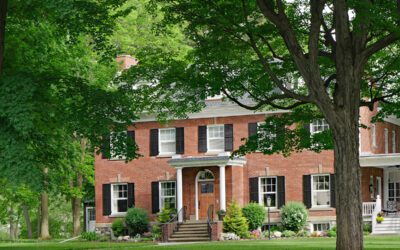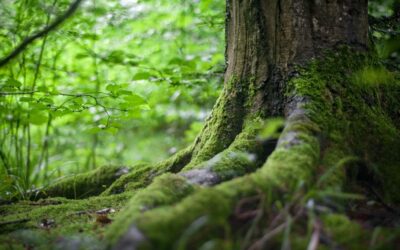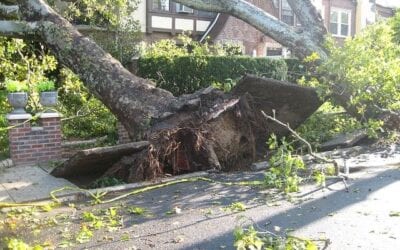The Hentges Tree Service Winter Tree Checklist
You can’t give your trees hats, gloves and snow boots, but you can help winterize them for possible snowstorms and frigid temperatures ahead. If extreme wintry conditions tend to affect your area, keep your trees healthy this winter and beyond by following these simple steps.
Inspect your trees and shrubs
In winter, you have perhaps the best view of the tree’s structure. Look for weakened, broken, or rotting branches which may not be strong enough to withstand the added weight of a heavy snowfall or ice storm. You’ll want to be sure that any unsound trees and limbs are properly removed, especially if they overhang your home, vehicle or utilities.
Add mulch
While not every plant needs to be protected from low winter temperatures, young trees and shrubs can use the added layer of protection. The repeated freezing and thawing can push a plant’s shallow roots closer to the surface. High-quality, nutrient-dense mulch serves as a winter blanket for the plants’ root systems, helping insulate soil from temperature fluctuations while also conserving soil moisture and controlling weeds. Be sure to lay the mulch two to three inches away from the stems of shrubs or trunks. Otherwise, the mulch could cause the wood to rot over time.
Fertilize and water your trees
Fertilize over the mulch with a balanced fertilizer if the essential elements are in short supply within the soil. Be sure to use nitrogen lightly, especially under large, mature trees and around newly planted trees to avoid growth during late periods of warming.
Before freezing temperatures occur, make sure the soil around your trees has plenty of residual moisture. Much like in the summer, additional watering may be needed during a winter drought. However, be careful not to over water as it is much easier to do so in winter. Dry spells in winter or hot daytime temperatures can dehydrate a tree very quickly. Watering may be needed where soils are cool but not frozen, and there has been little precipitation.
Bracing for the big chill
You may think that cabling and bracing your trees for winter is a necessity. However, this added step can depend on your tree’s condition, health, location, and surrounding environment. In fact, cabling and bracing is generally reserved for those trees that pose hazardous structural failures, such as toppling over or large limbs falling off. Trees that are good candidates for cabling and bracing are those in areas where people and structures exist, such as neighborhoods, commercial buildings, parks, and more. Trees in these areas that exhibit signs of potential instability might benefit from cabling and bracing.



